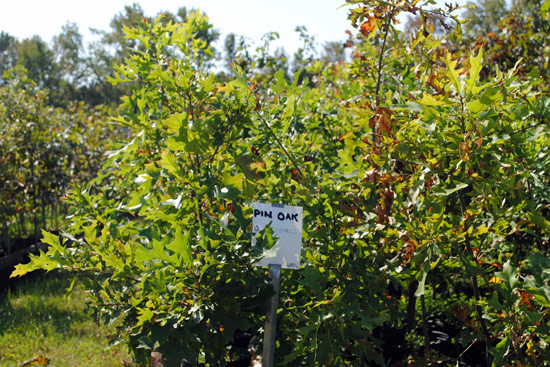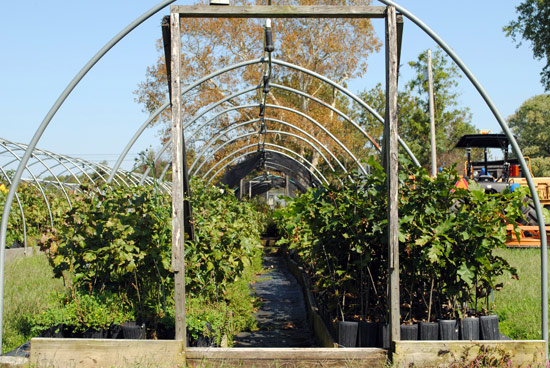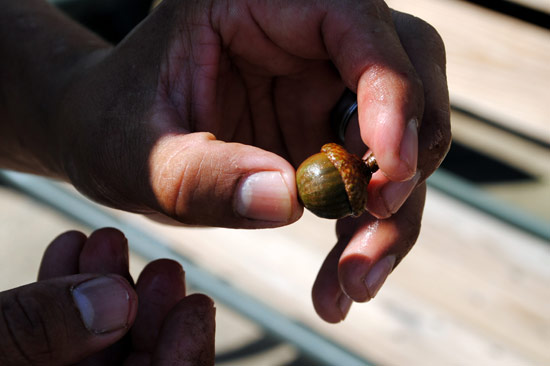Maryland homeowners plant big trees for big Chesapeake Bay benefits
Baltimore County has sold more than 750 oaks, maples and other native trees to augment Maryland's forests.
Sometimes, even a single tree can make a difference. And it helps when that tree is a big one.
For six seasons, Baltimore County has held a Big Trees sale in an effort to put big, native trees in Maryland backyards. Since its inception in 2009, the program has sold more than 750 trees to Maryland residents, augmenting the state’s existing forests and moving Baltimore County closer to its pollution reduction goals.
 \
\
Big trees are integral to the health of the Chesapeake Bay. Forests clean polluted air and water and offer food, shelter and rest stops to a range of wildlife.
But big trees can be hard to find. To provide homeowners with the native trees that have high habitat value and the heft that is needed to trap polluted runoff, species like pin oak, sugar maple and pitch pine are grown in a Middle River, Md., reforestation nursery. The one-acre nursery, managed by Baltimore County’s Department of Environmental Protection and Sustainability (EPS), began as a staging ground for large-scale plantings but soon expanded to meet a noticeable residential need.

“We used to give incentives to homeowners to buy large trees at retail nurseries,” said Katie Beechem, Environmental Projects Worker with the EPS Forest Sustainability Program. “But we found that homeowners were buying smaller species—flowering dogwood, crape myrtle—that didn’t achieve the same benefits…that large native trees like oaks and maples and river birch can provide. We were able to fill this big tree niche.”
Emails, signs and word-of-mouth spread news of the sale to homeowners. Some travel from the next town over, while others come from as far as Gettysburg, Pa., to walk among rows of seedlings in black plastic pots.
Staff like Jon-Michael Moore, who supervises the Baltimore County Community Reforestation Program, help residents choose a tree based on growth rate and root pattern, soil drainage and sunlight, and even “urban tolerance”—a tree’s resistance to air pollution, drought, heat, soil compaction and road salt.
One Maryland resident picked up 15 trees to line a fence and replace a few that had fallen. Another purchased two trees to soak up stormwater in his one-acre space. And another chose a chestnut oak simply because she had one when she was a kid.

Out of the 12 tree species that are up for sale, oaks remain the favorite.
Whether red, black, white or pin, oaks are often celebrated as the best big tree. Oaks thrive in a range of soils, drop acorns that feed squirrels, woodpeckers and raccoons and create a home for thousands of insects.
Discussing the oak, Moore mentions University of Delaware professor Doug Tallamy. The entomologist once wrote that a single oak tree can support more than 500 species of caterpillars, which will in turn feed countless insect-loving animals.
But can one big tree make a difference for the Bay? Moore nodded: “Every little bit helps.”

Comments
There are no comments.
Thank you!
Your comment has been received. Before it can be published, the comment will be reviewed by our team to ensure it adheres with our rules of engagement.
Back to recent stories